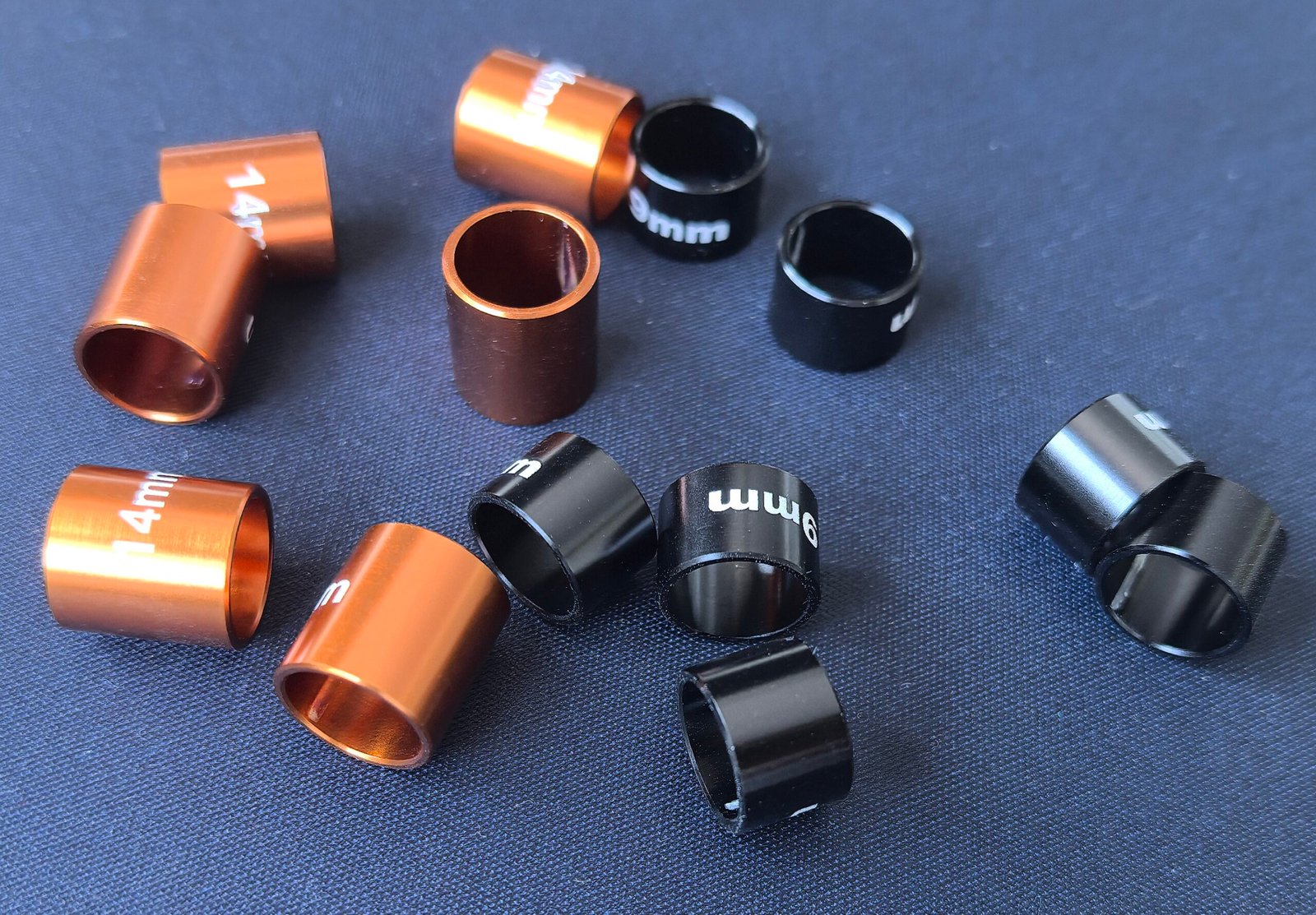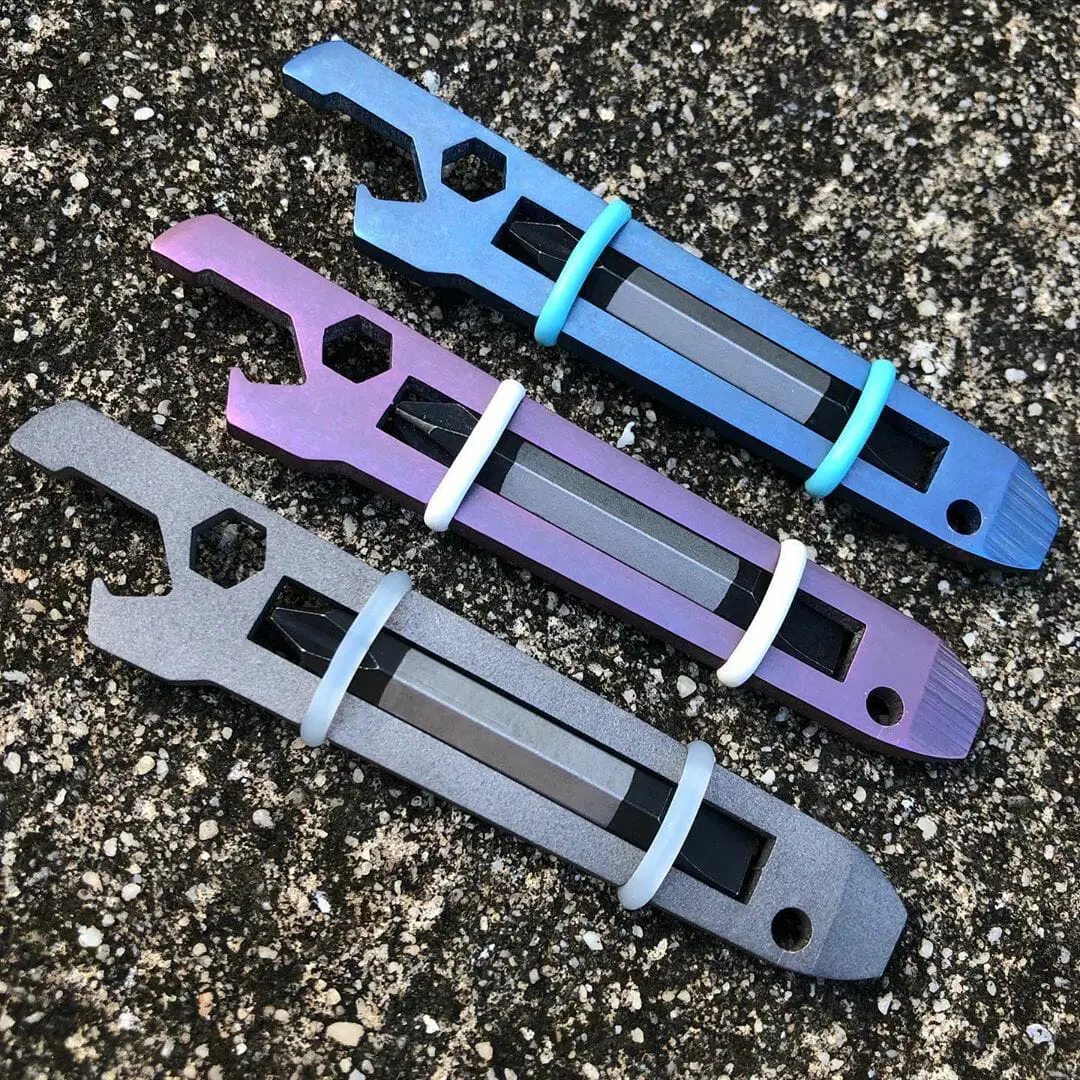CNC Machined Parts anodizing best practices to boost color consistency, corrosion resistance, and durability. Discover how CNCRUSH delivers expert CNC machining service in China.
Introducere
CNC Machined Parts require not just precision manufacturing but also high-performance surface treatments, and anodizare is a crucial one. Anodizing enhances aluminum parts by increasing their resistance to wear, corrosion, and aesthetic degradation. Drawing insights from industry-leading resources, this article presents a comprehensive guide to the 10 most powerful best practices for anodizing CNC Machined Parts. Veți descoperi cum sunt obținute culorile consistente, performanța pe termen lung și finisajele ideale - și de ce alegerea unui specialist Serviciu de prelucrare CNC ca CNCRUSH, a 12-year-experienced CNC factory in China, is critical for success.

1. Understand the Importance of Anodizing for CNC Machined Parts
Anodizarea nu este doar despre a face părțile din aluminiu să arate bine. Este un finisaj de suprafață de înaltă performanță care transformă durabilitatea și rezistența la coroziune a Piese frezate CNC şi Piese turnate CNC. Without proper anodizing, parts used in auto, construcția de mașini, sau automatizare sectors may fail prematurely.
Beneficii cheie:
- Corrosion protection
- Enhanced surface hardness
- Improved adhesion for paints and glues
- Electrical insulation
- Visual appeal with color options
Sentiment: Positive – Anodizing elevates the quality and longevity of machined components significantly.
2. Select the Right Type of Anodizing for CNC Machined Parts

There are different types of anodizing, and each suits different applications:
| Type | Layer Thickness | Aplicație | Color Options |
|---|---|---|---|
| Type I (Chromic Acid) | Thin (0.5-1.0 μm) | Aerospace, tight tolerances | Grey or Clear |
| Type II (Sulfuric Acid) | Moderate (5-25 μm) | Consumer and industrial | Gamă largă |
| Type III (Hardcoat) | Thick (25-100 μm) | Heavy-duty, wear-intensive | Usually Dark |
Sfat: Pentru Piese frezate CNC in harsh environments, Type III hardcoat anodizing is the ideal choice.
Sentiment: Analytical – Choosing the wrong type can result in performance failures.
3. Ensure Surface Finish Consistency Before Anodizing
Surface preparation is key. CNC Machined Parts with inconsistent surface roughness will yield uneven anodizing.
Cele mai bune practici:
- Uniform deburring across all machined surfaces
- Avoid tool marks, chatter, or burrs
- Use fine finishing (e.g., bead blasting) if a matte finish is desired
Perspectivă: Anodizing amplifies every surface imperfection. CNCRUSH ensures tight surface finish control before anodizing.
Sentiment: Negative – Poor surface prep leads to visible flaws and color inconsistency.
4. Avoid Cross-Material Contamination During CNC Machining

Contaminants like copper or steel residue can ruin anodizing.
Recommended Controls:
- Dedicated aluminum-only workstations
- Separate toolsets for non-aluminum materials
- Frequent coolant change-outs
CNCRUSH has separate lines for materials to eliminate cross-contamination risks.
Sentiment: Negative – Contamination causes discoloration and poor adhesion.
5. Design for Anodizing: Avoid Traps and Blind Holes
Certain part geometries cause problems:
- Deep holes retain chemicals during anodizing
- Sharp corners result in uneven current distribution
- Small radii can erode faster
Design Tip: Apply 0.5 mm radii minimum on all edges.
Application: Essential for automotive and automation components that require both aesthetics and tolerance control.
Sentiment: Positive – Optimized design ensures reliable anodizing results.
6. Control Alloy Composition for Consistent Color Results
Different aluminum alloys anodize differently:
| Aliaj | Anodizing Quality | Common Use |
|---|---|---|
| 6061 | Excelent | Piese frezate CNC |
| 7075 | Fair | Aerospațial, auto |
| 2024 | Sărac | Aerospace only with sealing |
CNCRUSH recommends 6061-T6 for best anodizing and machining results.
Sentiment: Analytical – Alloy selection directly affects final quality.
7. Maintain Tight Process Controls During Anodizing

Process parameters like voltage, time, temperature, and pH must be closely monitored.
Control Parameters:
- Voltage: 12-24V for Type II, 60-90V for Type III
- Electrolyte temperature: 20°C for Type II, close to 0°C for Type III
- Agitation and rinsing ensure uniformity
Result: Process control leads to durable and visually consistent CNC Turned parts.
Sentiment: Positive – Precision-controlled anodizing is key to quality assurance.
8. Color Matching Requires Batch Consistency and Sample Retention
Color mismatch is one of the top complaints in anodized CNC Machined Parts. Variations arise due to:
- Alloy differences
- Bath life
- Operator inconsistency
Best Practice: Create color standards and retain control samples.
CNCRUSH works with certified anodizing partners to maintain strict color standards.
Sentiment: Negative – Inconsistent colors damage brand reputation and lead to rework.
9. Seal the Surface to Lock in Protection and Color
Post-anodizing sealing hydrates the oxide layer:
- Boiling deionized water seal
- Nickel acetate seal (color protection)
Effect: Sealing enhances chemical resistance and dye retention. Without it, even the best Type III layer may degrade quickly.
Sentiment: Positive – Sealing completes the anodizing process effectively.
10. Partner with a Reliable CNC Machining Service for Quality Anodized Parts
Anodizing success begins with the machining. A rough or inconsistent CNC Machined Part will not anodize properly. CNCRUSH, with over 12 years of precision Serviciu de prelucrare CNC, delivers flawless Piese frezate CNC şi Piese turnate CNC ready for perfect anodizing.
De ce CNCRUSH?
- Located in China with global export expertise
- In-house quality control with CMM and projectors
- Experts in aluminum, steel, and plastic machining
Sentiment: Strongly Positive – Choosing the right manufacturing partner ensures long-term anodizing performance.
FAQ: Anodizing for CNC Machined Parts
Q1: Does anodizing add thickness to CNC Machined Parts?
Yes, it adds 5-25 μm for Type II and up to 100 μm for Type III. Half the thickness penetrates the surface; the other half adds to the part dimensions.
Q2: What materials can be anodized?
Mainly aluminum. Some titanium and magnesium alloys can also be anodized, but not steel or brass.
Q3: Can CNC Machined Parts be re-anodized?
Yes, but old anodizing must be stripped carefully, which may affect tolerances.
Q4: How do I get color consistency in anodized parts?
Work with consistent alloys, keep process parameters stable, and use one anodizing vendor.
Q5: Is anodizing suitable for outdoor parts?
Absolutely. With proper sealing, anodized parts resist UV, corrosion, and weather effects.
Concluzie
Dacă fabricați Piese prelucrate CNC for demanding industries like auto, construcția de mașini, sau automatizare, following these anodizing best practices is essential. From alloy choice to process control and sealing, every detail impacts the end result.
Partnering with an experienced Serviciu de prelucrare CNC provider like CNCRUSH ensures that your Piese frezate CNC şi Piese turnate CNC are fully optimized for anodizing success.
Vizita CNCRUSH.com to request a quote and explore how our high-precision machining and surface treatment expertise can elevate your next project.
